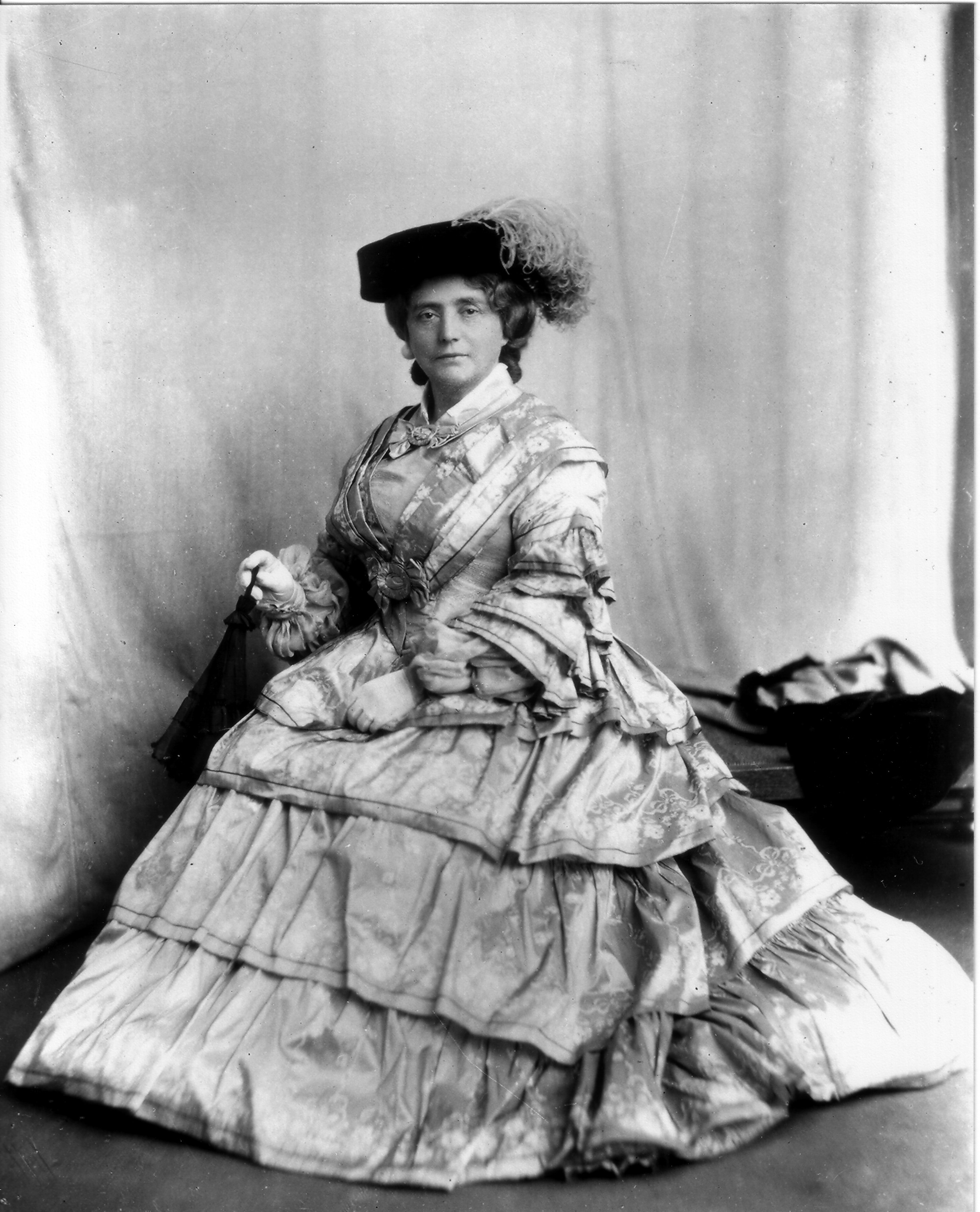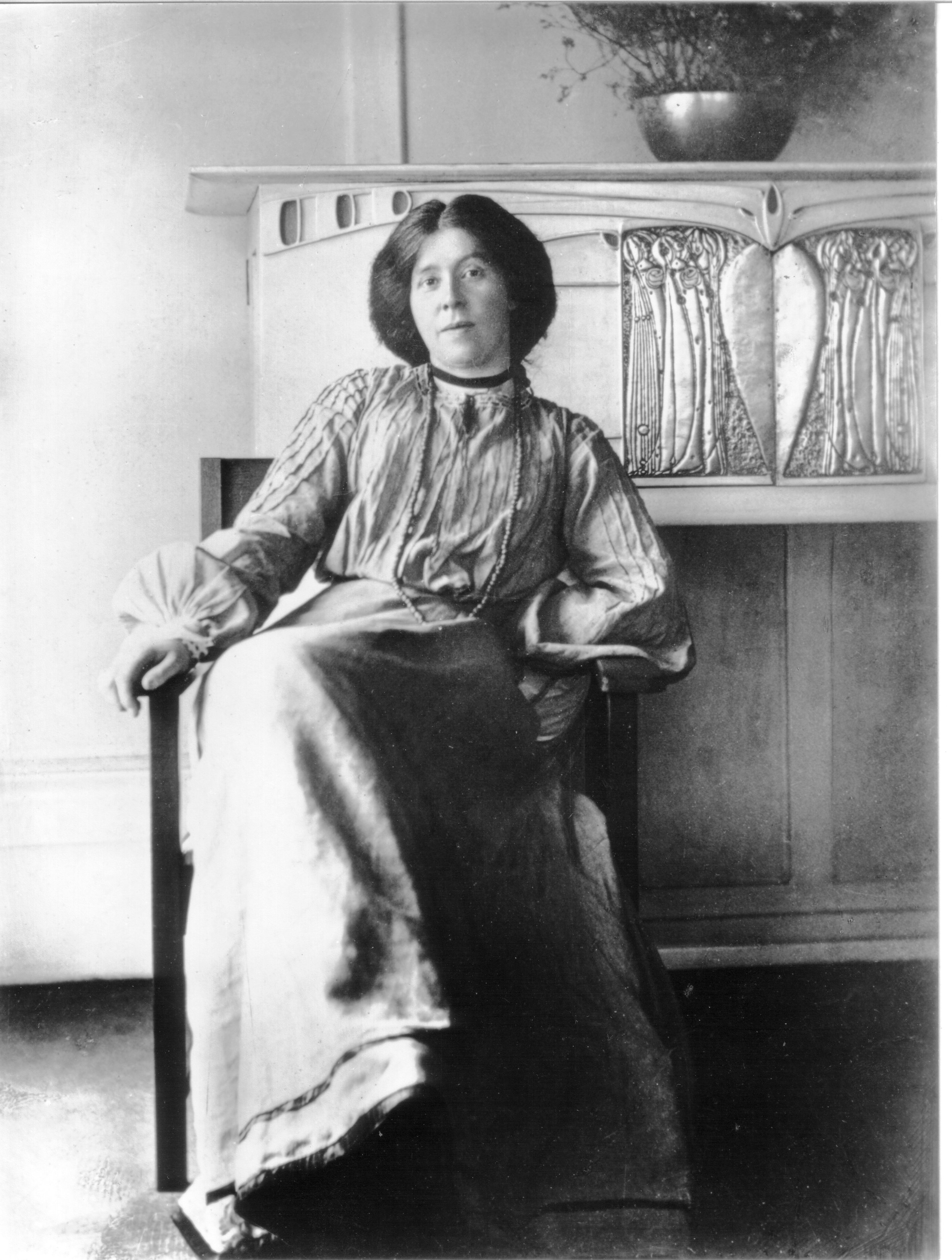It's International Women's Day and we're celebrating some truly inspirational, innovative and forward thinking women. The first is the inspirational Miss Kate Cranston, a true entrepreneur, highly successful business woman, innovator and forward thinker, a major patron of Mackintosh & Margaret Macdonald and of course the original owner of the famous original Willow Tea Rooms Building at 217 Sauchiehall Street, then the place to see and be seen and soon to reopen it's doors!
Another inspirational woman is Margaret Macdonald. Margaret was a wonderful, innovative and influential Scottish artist, one of The Glasgow Girls group of artists and one of the key figures of the ‘Glasgow Style’ design, a member of the ‘Glasgow Four” who were highly influential to international art nouveau and a key influence and source of inspiration to her husband Charles Rennie Mackintosh.
At the start of the 20th Century a group of women, for the first time, were allowed to attend classes at the Glasgow School of Art. Margaret and Frances, along with Jessie Newbery, Ann Macbeth and Jessie M. King, became known as The Glasgow Girls and were instrumental to the evolution of decorative and interior design and what became known as the ‘Glasgow Style’. Margaret first collaborated with her sister Frances when they opened the MacDonald Sisters Studio at 128 Hope Street, Glasgow in the 1890s, creating varied, innovative and exciting work, inspired by Celtic imagery, symbolism, literature and folklore. She later married Charles Rennie Mackintosh who cited her as a key inspiration, influence and supporter of his work. They worked closely together on interior design, creating forward looking, futuristic designs ahead of the time that still feel modern today.
Their successful design collaboration included their work for entrepreneur and forward thinking successful business woman Miss Catherine Cranston, on her fashionable and popular Tea Rooms in late Victorian Glasgow – which were places where high society and the avant garde met and socialised. The design and décor they created was a key contributing factor to the success and interest of Miss Cranston’s Tea Rooms. In the early 1900s, Margaret continued to work with her husband on a series of interiors including for their own home, for the House for an Art Lover, on exhibitions and competitions and for the iconic Salon de Luxe in the famous Willow Tea Rooms Building at 217 Sauchiehall Street where Margaret created the beautiful gesso panel. As an artist in her own right she contributed to over 40 exhibitions throughout Europe and America and was celebrated by many of her peers including Mackintosh who is quoted as having said that whilst he had talent he believed Margaret had true genius. She also received many prizes jointly with her husband but often there is little mention of her many achievements and contribution to the world of art and design in her own right and she has often been overshadowed by her more celebrated and talented husband.
Miss Cranston’s fully restored Willow Tea Rooms Building at 217 Sauchiehall Street will reopen this June, showcasing the wonderful interior and exterior design as it was when it first opened in 1903. Visitors will be able to learn more about the story of the Tea Rooms and Glasgow at the time and about the collaboration between Miss Cranston, Margaret Macdonald, Charles Rennie Mackintosh and their contribution, influence and significance in creating this wonderful and internationally significant building.
Not forgetting our modern day inspirational woman - Celia Sinclair, founder and Chairperson of The Willow Tea Rooms Trust, successful business woman and entrepreneur and the driving force behind the restoration of Miss Cranston's Willow Tea Rooms Building and the new Visitor Centre - both soon to open to the public under the name 'Mackintosh at the Willow'.
Historical photos courtesy Annan Photography.



